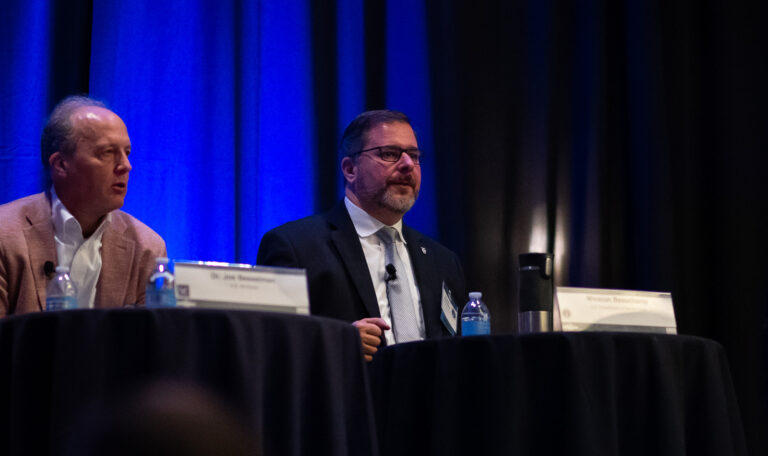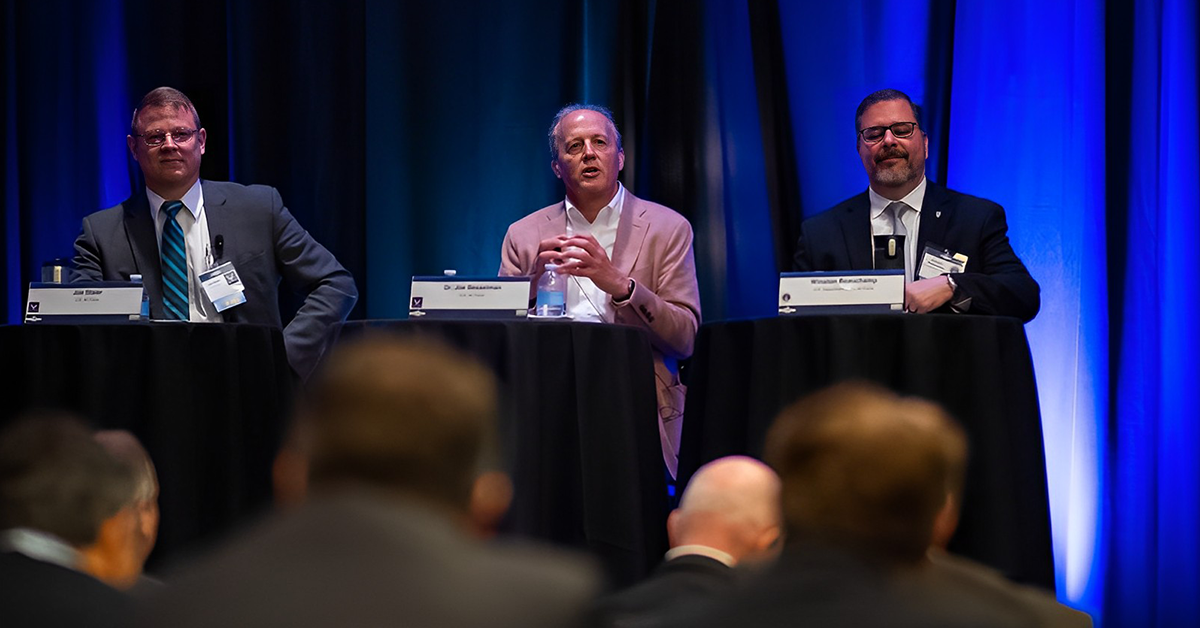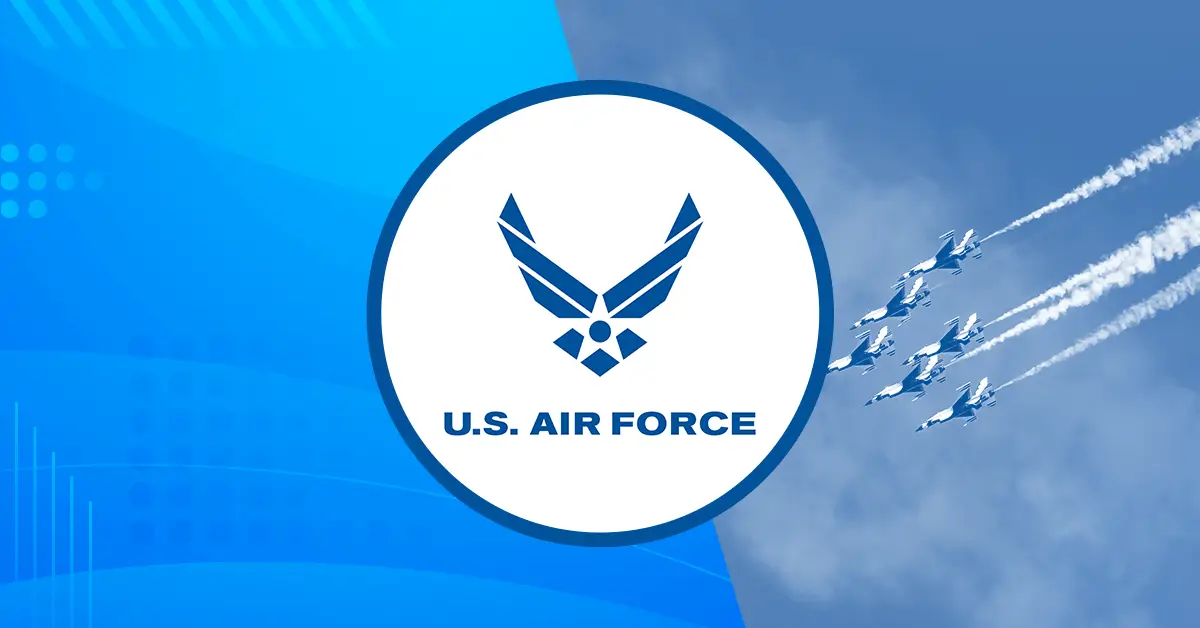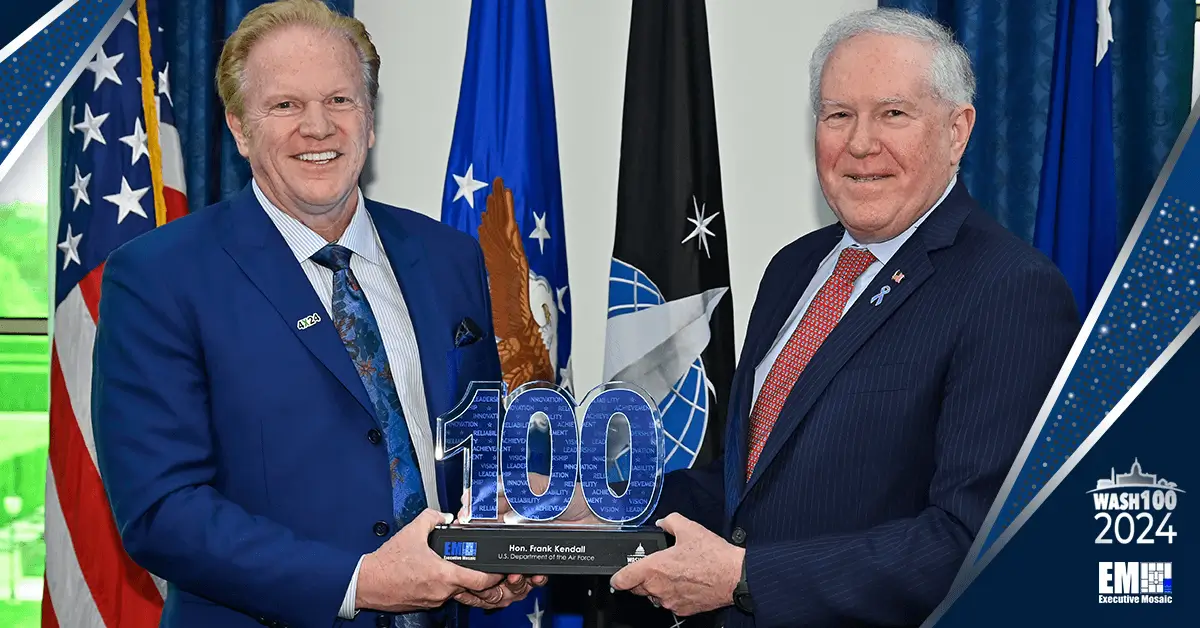The Department of Defense’s Joint All-Domain Command and Control initiative, better known as JADC2, has been an enigmatic and historically disparate effort across the defense landscape since its conception. But in 2022, the initiative took a little more shape as the DOD released its JADC2 strategy and implementation plan.
Now, as JADC2 begins to meaningfully move forward, military and government leaders are taking a closer look at what’s working and what’s not. So what exactly is holding services back from being implemented at scale?
“It’s not a technology problem,” asserted Winston Beauchamp, deputy chief information officer for the Department of the Air Force, during a panel discussion at the Potomac Officers Club’s 9th Annual Defense R&D Summit. “The technology to do this exists. It is one hundred percent a people and process challenge, and it’s roughly split between them.”

“We don’t have to invent anything to do JADC2. What we do need to do is break down the cultural barriers to integration,” Beauchamp explained.
Hear more from Beauchamp at the Potomac Officers Club’s CIO Summit on May 16! Register here.
In the earliest stages of JADC2, one of the key challenges was that the initiative didn’t have high-level oversight, creating a lack of unity and understanding between the service branches tasked with carrying out the program.
The DOD began to address this issue in October 2022 when it stood up a new acquisition, integration and interoperability office — which operates under the Office of the Secretary of Defense — to ensure alignment of JADC2 efforts across the service branches as each moves closer toward multi-domain warfighting.
However, Beauchamp said military branches are still dealing with network hurdles that are ultimately preventing JADC2 from being fully realized and achieving its intended effect.
“We have the networks today — the problem is they’re carved off into enclaves and don’t talk to each other. I’ll contend that the [concept of operations] that we want for JADC2, which is machine speed coordination of command and control globally, is not something that is enabled by a bunch of separate enclaves,” Beauchamp said.
“If these enclaves have to do handshakes between each other, we’re never going to meet the timelines that they’re thinking about for JADC2. We’ve got to flatten the network, we’ve got to do SIPR 2.0, we’ve got to enable the interfaces, the APIs that we’re talking about that allow different weapon systems to exchange information and make decisions very, very quickly. All of these are solvable challenges if we get out of our own way and make the decisions to do so,” he added.
On the “people” side of things, Air Force Chief Disruption Officer Dr. Joe Besselman said we need more highly-trained talent to analyze the massive troves of data the Air Force takes in and accomplish the goals laid out in JADC2.
“We don’t have a workforce yet for the 21st software century to exploit the data like we need to exploit it, and we’ve got to change that,” Dr. Besselman urged, suggesting that the talent pipelines going into and coming out of the Air Force Academy, ROTC and other educational institutions need to be much stronger.
“We need many hundreds more data scientists coming out of the Air Force Academy. We need office researchers, we need software conferences. Every program should have a software conference on their program team that can help them plan their acquisition, can provide expertise on software products, can provide expertise on if they’re pursuing a custom engineering custom software approach. We just don’t have that expertise today,” said Dr. Besselman.
And though the JADC2 roadblocks are largely not technology-related, there are key technologies that will be essential to enabling the initiative, said Joe Staier, chief engineer for the Enterprise IT and Cyber Infrastructure division within the Air Force.

“AI and ML are going to be essential. We’ve got to figure out how to use AI and ML to automate some of these things so that we can do them faster and better,” Staier said.
“It doesn’t mean you remove humans out of the process anytime soon,” he clarified. “We’ve got to learn how to trust it and tune it before we get there. But there’s a lot of things that we can do with the technology we have right now to automate.
Be a part of the conversation with Air Force leaders this summer at the Potomac Officers Club’s 2023 Annual Air Force Summit on July 28. Air Force Secretary Frank Kendall is slated to keynote, and many more top government and industry executives are scheduled to speak. Register here.







